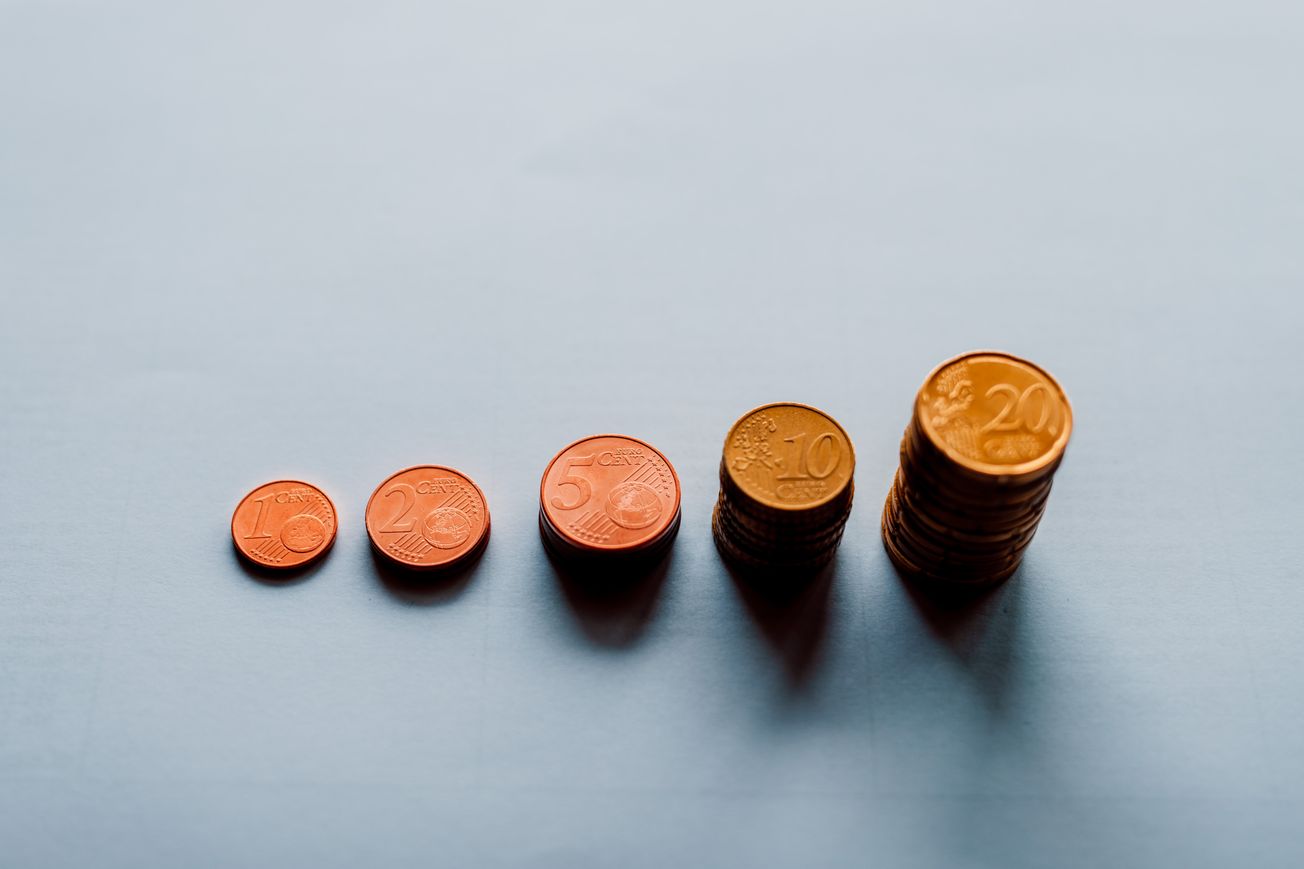As a startup founder, understanding the metrics that drive your business is crucial for success. One of the most important metrics for any startup is Customer Acquisition Cost (CAC). CAC is the cost associated with acquiring a new customer, and it is a key metric that can help startups determine the effectiveness of their marketing and sales efforts.
By understanding CAC, startups can make informed decisions about how to allocate their resources and optimize their marketing and sales strategies. For example, if a startup's CAC is too high, they may need to re-evaluate their marketing channels or adjust their pricing strategy to improve their customer acquisition efficiency. Conversely, if a startup's CAC is low, they may be able to invest more heavily in customer acquisition to accelerate their growth.
What is Customer Acquisition Cost (CAC)
Customer Acquisition Cost (CAC) is a metric that measures the cost a business incurs to acquire a new customer. The total sales and marketing cost includes all the expenses incurred to acquire new customers, such as advertising, content creation, events, and sales team salaries. The number of new customers acquired refers to the total number of customers that were acquired during the specified period.
Why is CAC important?
Apart from determining the effectiveness of their sales and marketing efforts, knowing the CAC can also help businesses determine the lifetime value of a customer. Lifetime value is the total revenue a customer will generate for the business over the course of their relationship. By comparing the CAC to the lifetime value, businesses can determine if their acquisition efforts are profitable.
For example, if a business spends $100 to acquire a new customer, but that customer generates $500 in revenue over their lifetime, then the CAC is worth the investment. On the other hand, if the CAC is higher than the lifetime value, the business may need to adjust their sales and marketing strategy to improve profitability.
How to Calculate CAC
Simply divide your total sales and marketing costs during a specific period by the number of new customers acquired during the same period, such as a month or a quarter.
CAC Formula:
CAC= (Cost of Sales and Marketing)/(Number of New Customers Acquired)
Example Calculation
Let's say your startup spent $10,000 on sales and marketing during the month of April and acquired 100 new customers. To calculate your CAC for April, you would divide $10,000 by 100, resulting in a CAC of $100.
It's important to note that CAC can vary widely depending on your industry, target market, and sales and marketing strategies. Benchmarking your CAC against industry averages and monitoring it over time can help you identify trends and make informed decisions about your sales and marketing investments.
By regularly calculating your CAC, you can gain valuable insights into the effectiveness of your customer acquisition efforts and make data-driven decisions to optimize your sales and marketing strategies.
Factors Affecting CAC
Several factors can affect customer acquisition cost (CAC) for startups. Understanding these factors can help founders make informed decisions about how to allocate resources and optimize their marketing strategies. The following sub-sections explore some of the key factors affecting CAC:
Industry-specific Factors
CAC can vary significantly across industries due to various factors, including:
- Length of sales cycle
- Purchase value
- Purchase frequency
- Customer lifespan
- Company maturity
For example, a startup in the software industry may have a shorter sales cycle and lower CAC than a startup in the healthcare industry, which may have a longer sales cycle and higher CAC.
Marketing Channels
The marketing channels a startup uses can also impact its CAC. Some channels may be more effective than others, depending on the industry and target audience. For example, social media advertising may be more effective for reaching younger audiences, while email marketing may be more effective for reaching older audiences.
It's important to track the performance of each marketing channel to determine which channels are driving the most conversions and which channels are not worth the investment.
Customer Segments
The type of customers a startup targets can also affect its CAC. Some customer segments may be more expensive to acquire than others, depending on their demographics and behavior. For example, customers who make larger purchases may be more expensive to acquire than customers who make smaller purchases.
It's important to segment customers based on their behavior and demographics to determine which segments are most profitable and which segments are not worth the investment.
Why Lowering CAC is Critical for Startups
Customer Acquisition Cost (CAC) is a key metric that every startup should keep an eye on. Lowering CAC is critical for startups because it can have a significant impact on their profitability, sustainability, and growth.
Impact on Profitability
Startups that fail to lower their CAC may find it difficult to achieve profitability, which is a crucial milestone for any business. A high CAC means that a startup is spending more money to acquire customers than it is earning from them. This can lead to negative cash flow, which can be disastrous for a startup that is still trying to establish itself in the market.
By lowering CAC, startups can increase their profit margins and move closer to achieving profitability. This can be achieved by optimizing marketing campaigns, improving customer retention, and reducing the cost of acquiring new customers.
Impact on Sustainability
Startups that fail to lower their CAC may also struggle to achieve sustainability. A high CAC means that a startup is heavily reliant on external funding to acquire customers. This can be unsustainable in the long run, as investors may become wary of investing in a startup that is burning through cash too quickly.
By lowering CAC, startups can become more self-sufficient and reduce their reliance on external funding. This can increase their chances of achieving sustainability and long-term success.
Impact on Growth
Finally, startups that fail to lower their CAC may find it difficult to achieve significant growth. A high CAC means that a startup is limited in its ability to acquire new customers, as it may not have the resources to scale its marketing campaigns.
By lowering CAC, startups can increase their capacity for growth and scale their marketing efforts more effectively. This can help them acquire more customers, increase revenue, and ultimately achieve their growth targets.
Strategies for Reducing CAC
Reducing customer acquisition cost (CAC) is a critical aspect of building a successful startup. Here are three strategies that can help reduce CAC:
Optimizing Marketing Channels
One way to reduce CAC is to optimize marketing channels. This involves identifying the channels that are most effective at driving high-quality leads and focusing resources on those channels. It may be helpful to conduct A/B testing to determine which channels are most effective.
Another way to optimize marketing channels is to focus on inbound marketing. This involves creating valuable content that attracts potential customers to the startup's website. By providing useful information, startups can establish themselves as thought leaders in their industry and build trust with potential customers.
Targeting the Right Customers
Targeting the right customers is another way to reduce CAC. Startups should focus on identifying their ideal customer profile and targeting those customers with their marketing efforts. This can help ensure that resources are being spent on customers who are most likely to convert to paying customers.
It may also be helpful to use data analytics to identify patterns in customer behavior. By understanding what factors influence customer behavior, startups can tailor their marketing efforts to better meet the needs of their target audience.
Improving Sales Efficiency
Improving sales efficiency is another way to reduce CAC. This involves streamlining the sales process to reduce the amount of time and resources required to close a sale. One way to improve sales efficiency is to use a customer relationship management (CRM) system to track leads and manage the sales process.
Another way to improve sales efficiency is to provide sales reps with the tools and resources they need to be successful. This may include training programs, sales scripts, and access to customer data.









